then write your review
ReiBoot for Android-Best Android System Repair Tool
Fix 50+ Android issues & Free Enter/Exit Recovery Mode
Best Android Repair Tool
Fix 50+ Android issues, No Data Loss
If your Android phone won’t turn on, is stuck on the logo, or is in a bootloop, a flash tool can help fix it. Flash tools are used to install firmware and fix deep system problems, especially when nothing else works.
If your device has a Qualcomm processor, you may be wondering if there’s a Qualcomm Flash tool available for it. In this guide, you’ll learn how a Qualcomm Flash Tool operates, when to use it, and how to download and install it. But if it feels too complicated, we’ll also share a simpler and safer alternative to repair your Android.
A Qualcomm Flash tool is a collection of utilities used to install or fix software on devices with Qualcomm chips, like many Android phones. It’s mainly used by tech experts to:
There are many popular Qualcomm Flash tools available, such as:

You might need a Qualcomm Flash Loader tool for advanced device maintenance, especially when standard recovery methods fail. Here are the most frequent scenarios where this tool is needed:
Use a Qualcomm Flash tool when your device is stuck on the boot logo, stuck in a bootloop, or soft-bricked after a failed root or custom ROM. It can flash clean firmware through EDL mode to recover the device, even if you can’t flash with Fastboot or Recovery Mode isn’t functioning.
Employ QFIL or QPST when OTA updates aren’t available or cause problems like bugs or battery drain. They also help if you want to downgrade to a more stable Android version, like going from Android 13 to 12. These tools let you flash older firmware directly, even when the device blocks downgrades.
Use QFIL to flash the stock ROM when you’ve used custom ROMs or want to reset the phone before selling it. This restores the device to its original state, removes any mods like root or TWRP, and ascertains full stability and compatibility.
Use Qualcomm Flash software when an OTA update fails or system files get corrupted, making the device unusable. It can fully rewrite the firmware, including important partitions that Fastboot can’t fix, solving problems like “No Command” errors or system crashes.
Use QFIL or QPST if you forget your screen lock or get stuck on FRP after resetting a second-hand phone. In some cases, flashing modified firmware can bypass these locks, depending on the device. However, bypassing FRP locks without the owner’s permission is illegal in many places. So, only use the flashing software on your own device.
Before you download and install the Qualcomm Flash tool, you must know the system requirements for it. So, it’s compatible with your system. The tool supports Windows 7–11 (32/64-bit), and you’ll need at least 4GB RAM, 100MB+ free storage, and .NET Framework 4.5 or higher.
Afterward, you can get the latest QPST (v2.7.496) from trusted sources like the official Qualcomm site or qpsttool.com. For QFIL, use versions like v2.0.3.5 or v2.0.1.9 from qfiltool.com. Avoid unofficial versions unless absolutely needed, as they may contain malware.

Next, here are the steps to download and install QPST and QFIL tools:





The following are the instructions to use the QcomDloader Flash tool to flash your Qualcomm Android device:





Using QcomDloader (or any Qualcomm flashing tool) comes with significant risks. Below are critical warnings to consider before proceeding:
Most manufacturers see manual firmware flashing as an unauthorized change, so using QcomDloader might void your warranty.
Using the wrong firmware or disconnecting during flashing can damage your device, leading to a soft or a hard brick.
Flashing a full stock ROM will erase everything, photos, apps, and settings. Unless you backed up your data using cloud, OTG, or recovery mode, or used a “Keep User Data” option (if available).
Flashing the wrong modem files can break network functions like signal or IMEI, while a corrupted bootloader might stop charging or USB connection.
Bypassing FRP on a device you don’t own using QcomDloader is often seen as theft, and updates usually block these methods. It’s only allowed if you own the device but forgot your login. Changing the IMEI is also illegal in most places, as it’s linked to stolen phones and can lead to blacklisting or legal trouble.
Tenorshare ReiBoot for Android is a safer, easier option for fixing bootloops, black screens, or crashes with no flashing, firmware files, or bootloader unlock needed. It’s ideal for beginners, non-Samsung phones, and minor to major software issues, and doesn’t involve FRP or IMEI changes, so it stays within security rules. Here’s what more ReiBoot offers:
Here’s how to use ReiBoot to fix problems with your Qualcomm Android device:
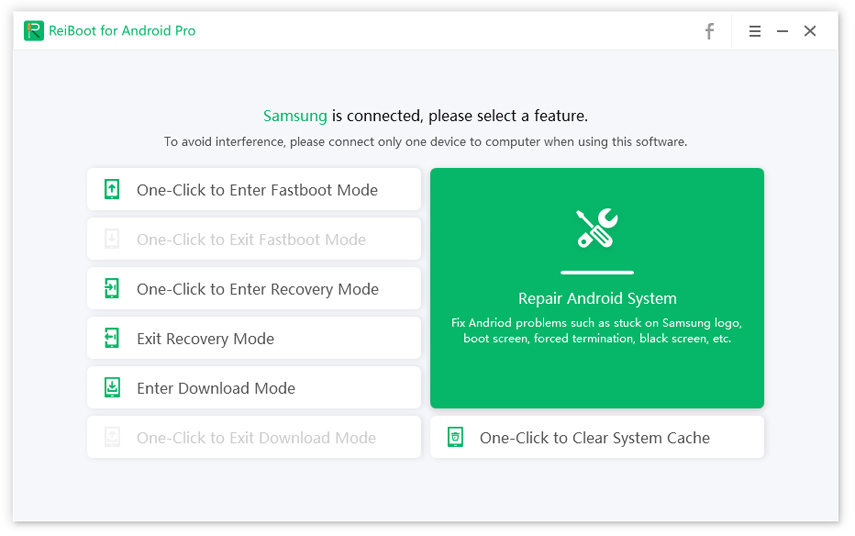
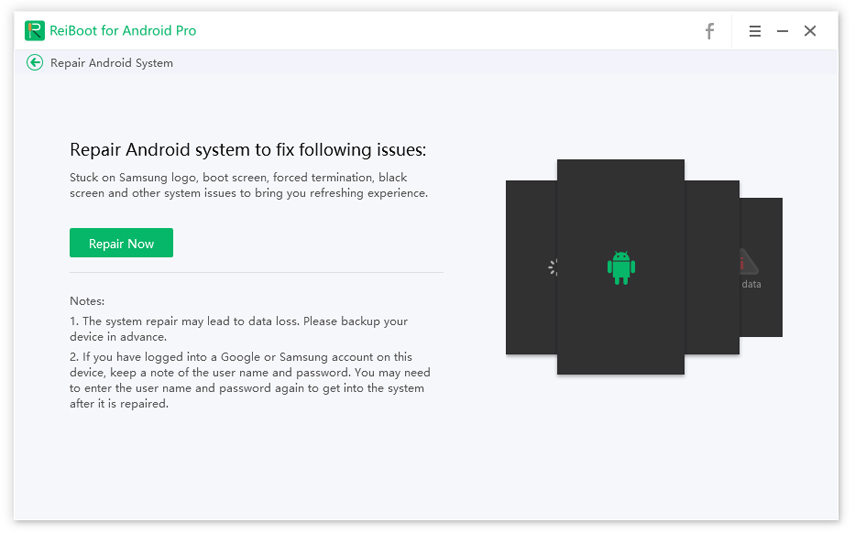
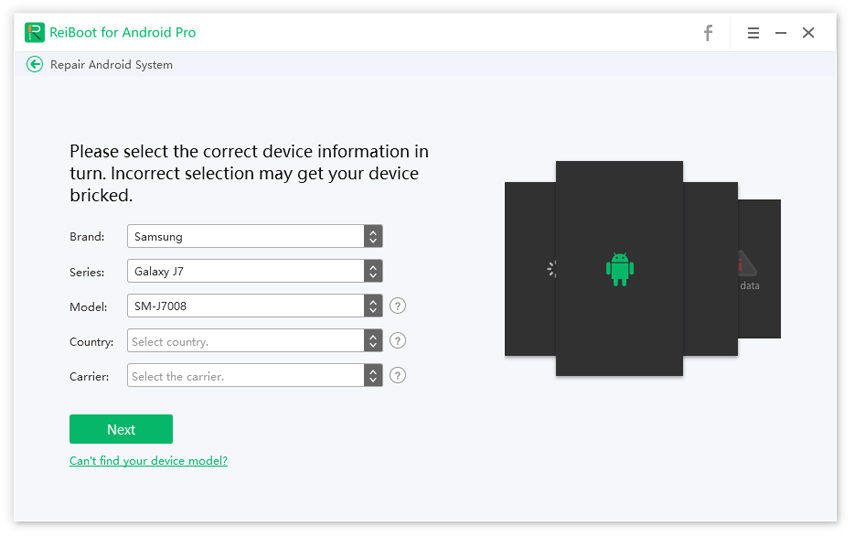
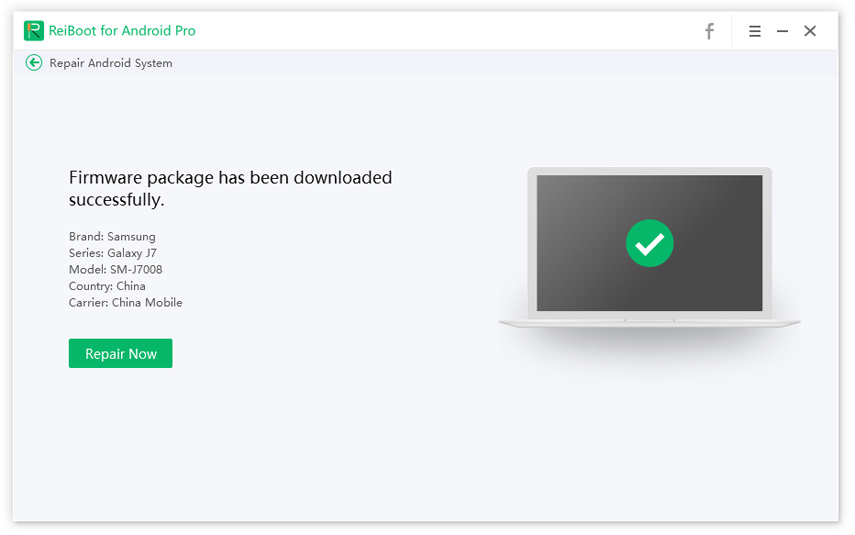

A Qualcomm Flash Tool is used to fix serious issues on Qualcomm-based Android phones, such as unbricking devices, flashing firmware, or restoring the system. However, they’re complex to use and come with risks like data loss, device damage, and warranty voiding.
For everyday users, a safer and easier option is Tenorshare ReiBoot for Android. It can fix frequent problems like boot loops, black screens, and system crashes without needing technical steps like firmware flashing or EDL mode. Besides, it doesn’t run the risk of bricking your device.
then write your review
Leave a Comment
Create your review for Tenorshare articles
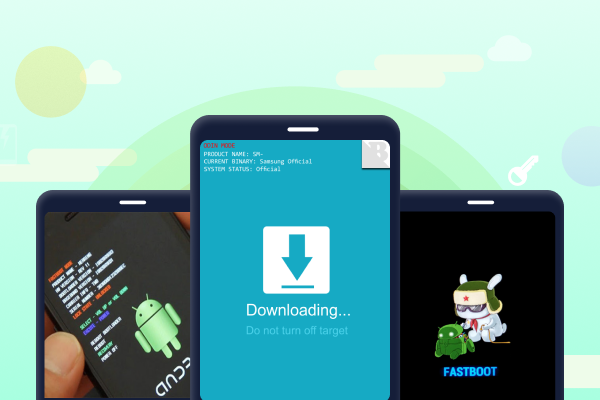
By Jenefey Aaron
2025-12-01 / Android Tips